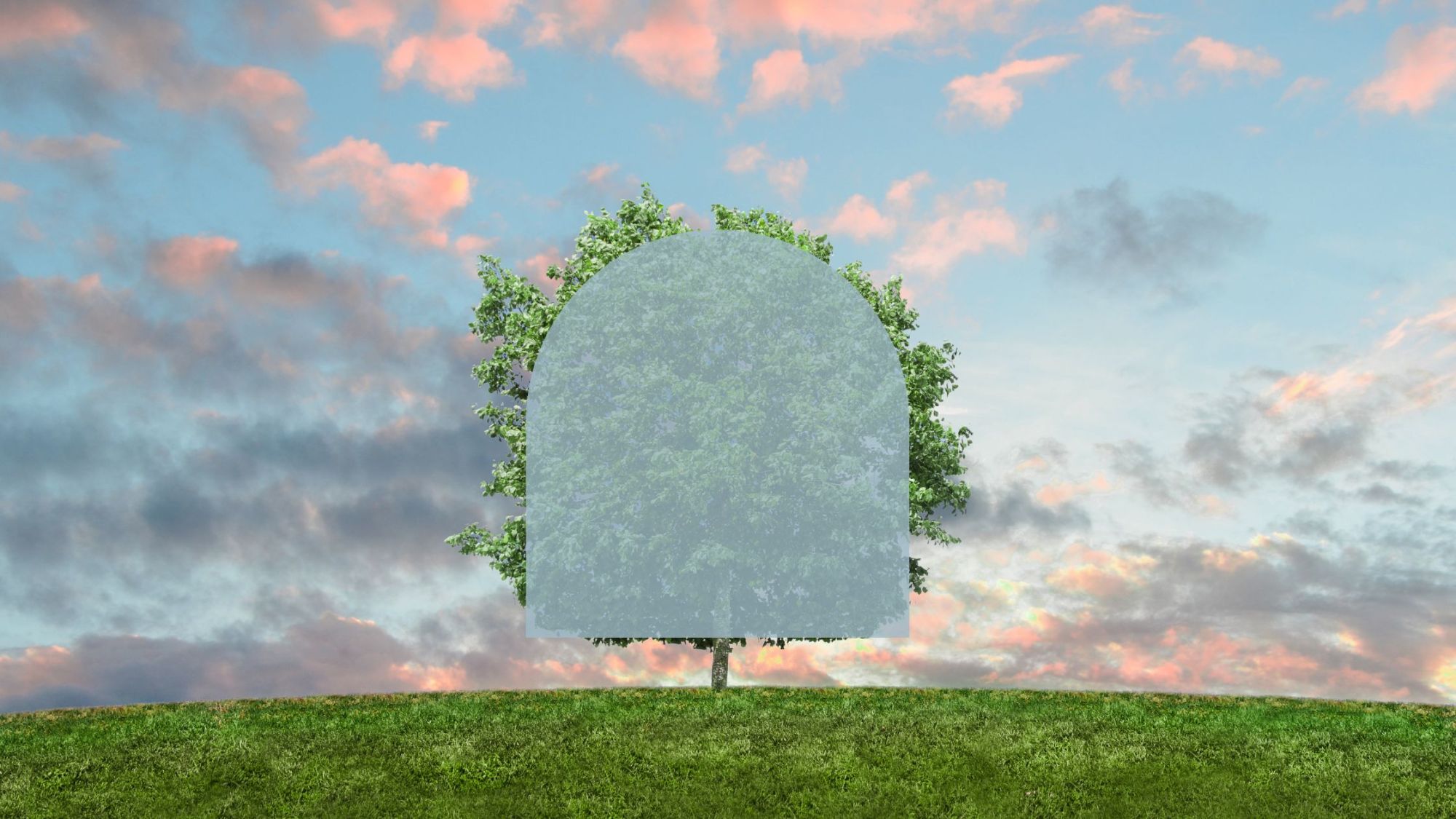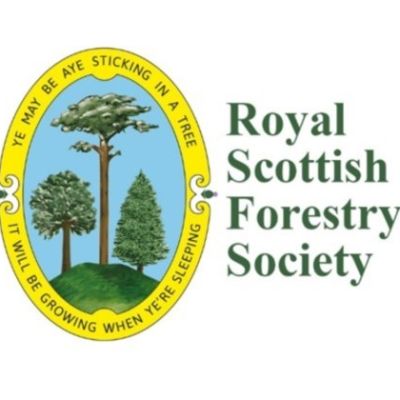What is crown reduction of trees? That’s the topic of today’s blog post, written by our team of arboricultural experts in North East Scotland. If you would like to know exactly what this arboricultural procedure involves and why it is commonly performed on many different types of trees, make yourself a brew, get comfortable and continue reading below.

What Is Crown Reduction of Trees and How Is This Procedure Carried Out?
Crown reduction is an arboricultural procedure that involves the removal of branches in the upper canopy of trees. Once this procedure has been performed on a tree, its canopy, or crown, is smaller than it originally was, hence the term ‘crown reduction’.
When an experienced tree surgeon performs a crown reduction process, they will follow the guidelines below to ensure the best results:
- Selective Use of Drop Crotch Pruning Technique – Branches are removed with this technique by cutting them back to a larger, lateral branch or directly to the trunk. With an experienced eye, a time-served tree surgeon can instinctively pick the right branches to remove in order to reduce the overall size of a tree’s crown without changing its general shape or structure.
- Not Removing More Than 20% of the Tree’s Branches – To minimise trauma to the tree on which a crown reduction is being performed, it is important never to remove more than 20% of its total branch structure in one go. If more than this needs to be removed for safety purposes, the procedure should be continued at a later date, after the tree has had time to heal.
- Only Cut Leader Branches Back to Lateral Branches That Can Become New Leaders – By only cutting leader branches back to lateral branches that are around 30% as large as the leader branches in question, future healthy growth can be assured. Cutting back to smaller lateral branches may result in new leader branches that are too weak. Cutting back to lateral branches that are considerably larger often results in too many new shoots, none of which are strong enough to become leader branches.
- Focus on Thinning Out Longer Branches – The easiest way to maintain a balanced crown with good shape and structure is to focus on the removal of longer branches in the upper canopy. Removing too many shorter branches can result in an unbalanced crown with lopsided future growth.
If you want to make sure that the tree surgeon you engage to perform a crown reduction knows what they are doing, ask them to provide you with a step-by-step explanation of the procedure. If it matches the above guidelines, you can be reasonably sure they are trustworthy professionals. If it differs considerably, you may wish to ask for further clarification or engage the services of another tree surgeon in your area.
Why Is Crown Reduction of Trees Performed?
There are a few reasons to perform a crown reduction procedure on a tree, of which the following are the most frequently encountered:
- Health of Undergrowth – The plants underneath a tree with a dense canopy may not receive enough sunlight for vigorous, healthy growth. If this is the case, crown reduction can fix the problem without harming the tree.
- Lack of Light in Home or Commercial Property – If nearby trees are making the interior of your property too gloomy, you may be able to resolve your issue by having a crown reduction performed on each specimen.
For more information about how crown reductions are performed or to request a quotation for a crown reduction in North East Scotland, please feel free to contact us.
Our qualified team of experienced Arborists offer sustainable and cost-effective forestry and arboriculture services. For the long-term health and success of your trees. From small urban gardens, large estates and anything in between.






